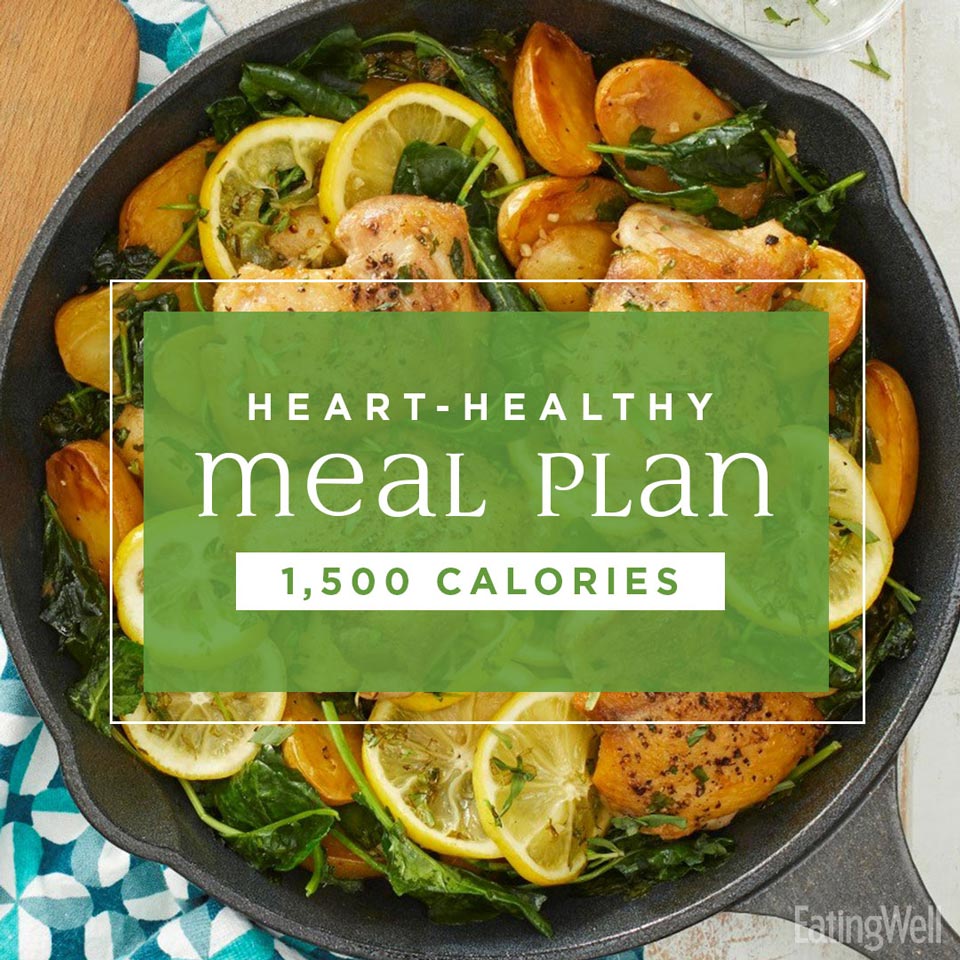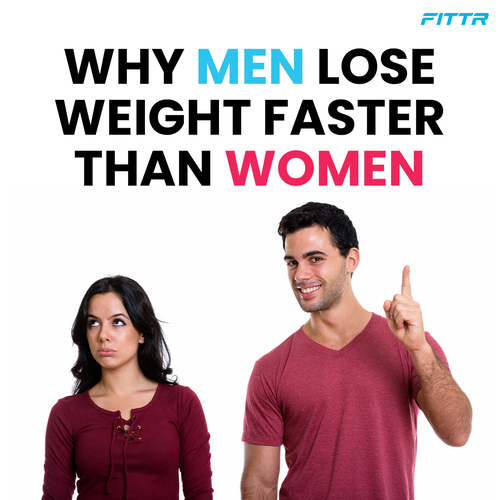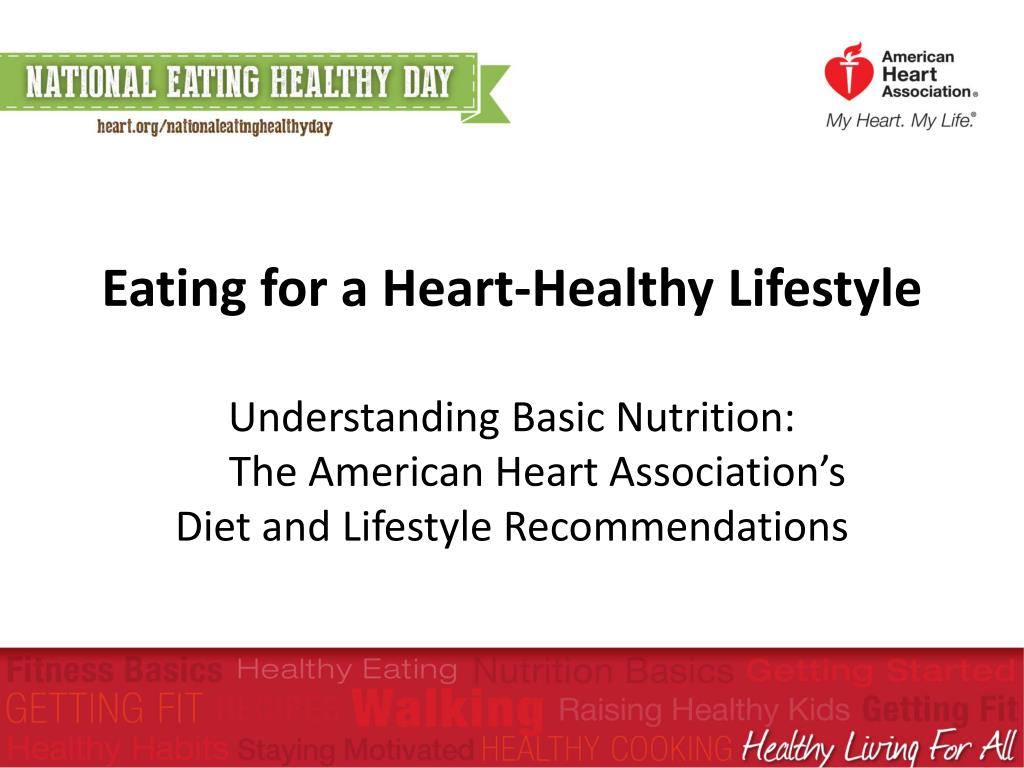
Salty diets are linked to increased blood pressure, weight gain, and kidney disease. In excess sodium is linked to higher body weight. It has also been linked with the development of Type 2 Diabetes in both adults as well as children. You can lower your chances of developing diabetes or obesity by reducing your salt intake. In addition, cutting out salty snacks can help prevent and control hypertension and other diseases.
The most common sodium form is sodium chloride (table salt). Other sources of sodium include milk, beets, celery, and drinking water. Additives are used in many forms to sodium. Worcestershire sauce (or baking soda), soy sauce, and soy sauce all contain sodium. Your blood pressure will rise if you eat more sodium. You will see an increase in blood pressure if you eat a high-sodium diet.

Diets high in sodium are associated with higher levels of heart disease and stroke. It is best to reduce sodium intake in your daily life. Reduce your sodium intake by eating low-sodium foods like carrot sticks or no-salt-added food. Avoid condiments that are high in sodium and other harmful elements. Instead of salt and vinegar, you can use oil and vinegar.
A typical sandwich of 6 inches with mayonnaise, cold cuts, and mayonnaise can contain an average 1,127 mg per serving. Grilled chicken breasts served with sliced avocado, tomato slices, and may help cut down on sodium intake. Bread is another common culprit when it comes to sodium content, as it contains about 400 mg of sodium per serving. It is not difficult to see how much sodium bread contains, but this can increase if you eat multiple servings daily. Bagels have a high sodium content. A bagel from a grocery store has 167% of your RDI.
Although sodium is found naturally in many foods and beverages, most people consume two to three times the recommended daily intake. A high sodium diet can increase blood pressure. High blood pressure is one risk factor for stroke or heart disease. The good news is that you can easily cut your sodium intake by changing your diet. You can also adjust the amount of salt in your daily meals to reduce your sodium levels.

Most processed foods are high-sodium. This is something that many people don’t realize. For a healthy lifestyle, it is vital to reduce salt intake. This is not just about reducing salt. The FDA has already issued final changes to the Nutrition Facts label, and the changes are now a reality for most consumers. If you're consuming a lot of table salt, it is a good idea to ask for less when dining out.
FAQ
What foods help me lose more weight?
Consuming fewer calories is a great way to lose weight quickly. This can be done in two ways:
-
Reduce how many calories you eat daily.
-
Increase the number of calories you burn through physical activity.
It's easy to reduce how many calories you consume. It's no surprise that we are constantly bombarded with high-calorie fast food options. Here's a list that will help you lose weight.
-
Beans are rich in fiber and protein. They have almost no fat making them an excellent choice for dieters looking to reduce their caloric intake.
-
Oatmeal is low in calories but high in nutrients like magnesium and potassium. Plus, it contains less sugar than other cereals.
-
Eggs are full of cholesterol and protein. Eggs can be eaten once or twice per week to increase metabolism, which will help you burn more calories during the day.
-
Whole grain bread can reduce hunger pangs, so you might feel fuller for longer.
-
Dark chocolate is full of antioxidants. Flavonoids have been linked to lower blood sugar and improved heart health.
-
Cottage cheese is rich in calcium which aids in bone strength. Cottage cheese also contains vitamin D, which can boost immunity.
-
Omega-3 fatty Acids are a key component of salmon. They promote brain development, and improve cardiovascular function.
-
Green tea is chock-full of catechins, compounds that fight cancer and increase metabolism.
-
Broccoli is rich in folic Acid, which lowers homocysteine blood levels. Homocysteine high levels are associated with increased heart disease risk and stroke.
-
Yogurt can be a great way for you to get probiotics without having to eat a lot of sugar. Probiotics are important for your digestive health.
-
Berries make a great snack and are very nutritious. All fruits, including blackberries, blueberries, raspberries, raspberries, cranberries and strawberries, are rich in vitamins and minerals.
-
Avocados are bursting with healthy fats. A half avocado has 80 calories but plenty of filling fiber.
-
Nuts are a tasty snack option that also happens to be a great source of protein. Almonds, cashews, hazelnuts, pecans, walnuts, and pistachios are all great choices.
-
Sweet potatoes, another starchy vegetable, are rich in beta-carotene which gives your skin a glow. The orange variety is particularly beneficial because they contain higher amounts of beta carotene than regular sweet potatoes.
What is the best time to do Intermittent fasting in order to lose weight
The answer isn't as easy as it seems. When determining the number of days you should fast for optimal fat reduction, there are many factors to consider. These are:
-
Your age. Intermittent fasting can be difficult for young people (under 40). This is because they have less time to recover after each fast. If you are older than 60, you might find it difficult to maintain a prolonged period of daily fasting.
-
Your current body composition. A longer period of fasting is more beneficial for those with a lot of muscle mass. If you don't have a lot of muscle mass, shorter fasting periods may be more suitable.
-
How physically active. To ensure adequate rest between workouts, you might need to extend your fasting period if you exercise frequently.
-
Your health history. Patients with certain medical conditions, such as heart disease, diabetes, or cancer, may need additional fasting monitoring.
-
How can you manage stress? Stress can cause us to eat more. To avoid this problem, you may need to increase the length of your fasting windows.
-
The type of diet you follow. Certain diets, like ketogenic diets, may require even longer fasting periods.
-
Your sleep quality. Insufficient sleep has been associated with decreased metabolism and increased appetite. You may need to experiment before you discover what works for you.
-
The amount of protein you consume. Protein stabilizes blood sugar levels. Therefore, eating more protein could result in lower insulin levels. This would allow you to fast for longer periods of time.
-
People who want to gain weight or lose it will need to fast for longer periods of time than those trying to lose.
-
What percent of your daily calories are you consuming during your fasting time? Fasting for fewer calories per days may lead to greater fat loss than fasting with more calories.
-
Your overall fitness level. A person who is very fit will burn more calories every day because they are faster.
-
Your gender. Men typically have larger appetites than women, so they may need to fast for slightly longer periods of time. Women are more likely to have smaller appetites and may need to fast only 20-30 minutes every day.
-
Your lifestyle. Do you exercise a lot? Do you work out several times a week? Does your job involve sitting at a desk all day long? These things could impact the speed at which you should go.
-
How much money do your spend on food every day? Eating healthy foods doesn't necessarily mean spending much money on groceries. It's possible to save money by purchasing whole grains rather than white bread, fruit instead of candy bars, lean meats instead fatty cuts, and fruits instead of candy.
-
How important it can be to control your appetite. You might not have to fast as much if your hunger isn't a problem.
What can I eat while on intermittent fasting in order to lose weight?
To lose weight, the best thing to do is cut back on carbs. This means that you should cut out carbohydrate-based foods like bread, pasta and rice.
Also, you should avoid eating too many protein as it can make you feel fuller for longer. So you won't feel hungry as often.
Instead, choose foods rich in healthy fats. These foods will keep you full for hours after you eat them.
It is vital to ensure that you are drinking enough water. Water helps you stay hydrated, which makes it easier to burn fat.
It is possible that you will find yourself craving these foods while you are fasting. However, you don't have the right to succumb to these cravings. If you do, you could gain more weight than you lost.
To prevent overeating, try keeping an eye on how much you consume throughout the day. When hunger strikes, drink a glass of water instead of reaching for another snack.
It might sound counterintuitive at first, but it has been shown that this can help you slim down. In a study published by Obesity, it was found that people consumed less calories if they drank plain water instead of sugary drinks.
Plain water was also shown to reduce hunger. If you want to lose weight, avoid sweetened beverages and drink water.
Weight loss doesn't require you to restrict your intake of calories or eat less. Focus instead on small changes in your lifestyle.
For example, you can start by swapping your usual breakfast sandwich for a bowl of oatmeal. Try swapping your afternoon cookie to a piece or fruit.
These simple changes will help you shed weight quickly and without spending a lot of time in the kitchen.
Statistics
- According to Harvard Health, it's estimated that a 155-pound (70-kg) person burns roughly 112 calories per 30 minutes of weight training (5). (healthline.com)
- According to Harvard Health, it's estimated that a 155-pound (70-kg) person burns around 167 calories per 30 minutes of walking at a moderate pace of 4 mph (6.4 km/h) (5). (healthline.com)
- Among women, the increase in metabolic rate was nearly 4%, or 50 more calories per day (14Trusted Source (healthline.com)
- It's estimated that half of all American adults attempt to lose weight every year (1Trusted (healthline.com)
External Links
How To
How can you lose belly fat quickly?
It is hard to lose belly fat. It takes dedication, hard work, and dedication. But if you follow these tips, you will definitely see results.
-
Healthy Food Healthy food is important. Healthy food includes fruits, vegetables, whole grains and lean proteins.
-
Drink Water. Drinking water will keep you hydrated and make it easier to feel satisfied for longer durations. So drink plenty of water every day.
-
Cardio Exercises. Cardio exercises help you burn more calories and build muscle mass. They improve heart health and metabolism. Cardio exercise should be done for 30 minutes each day.
-
Get enough sleep. Good health is dependent on sleep. Sleep deprivation can lead to anxiety and stress, which can then cause unhealthy behaviors like smoking and overeating.
-
Reduce Stress Levels. Stress can cause changes in brain chemistry and hormonal levels. Cortisol is a hormone that causes stress to increase hunger pangs and increases cravings for high-calorie food.
-
Regular breaks. Take regular breaks throughout the day. Get out and take a stroll or a brief nap. This allows your mind and body to relax and allow you to recover.
-
Avoid Alcohol Consumption. Alcohol is a waste of calories that slows down the body's ability to digest food. You should avoid alcohol if your goal is to lose belly fat.
-
Have fun